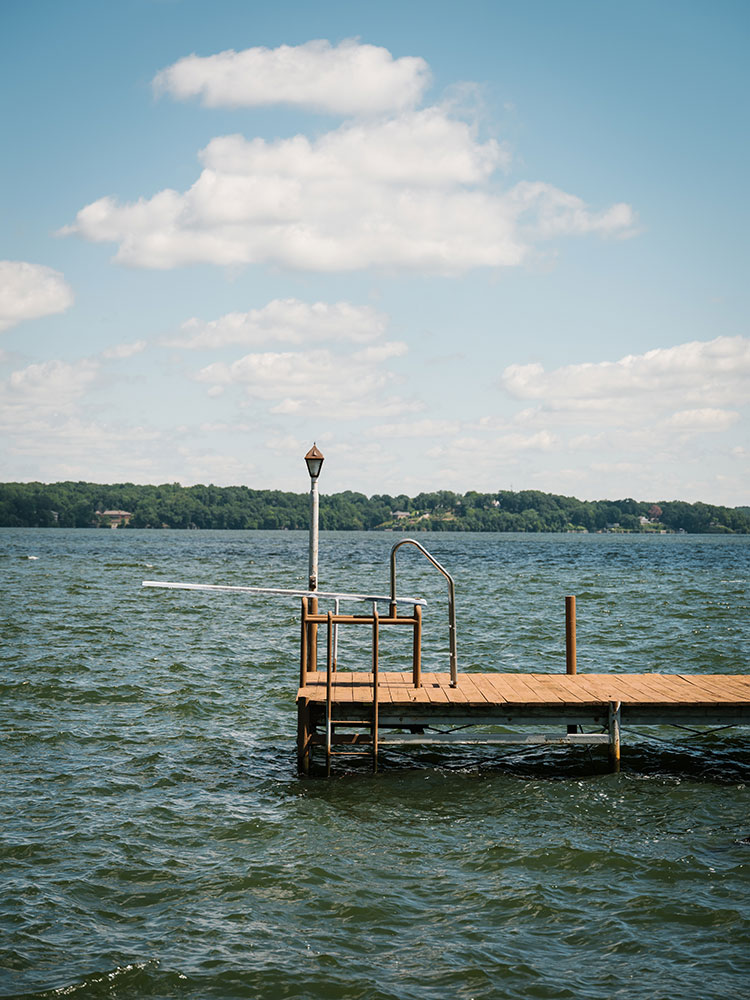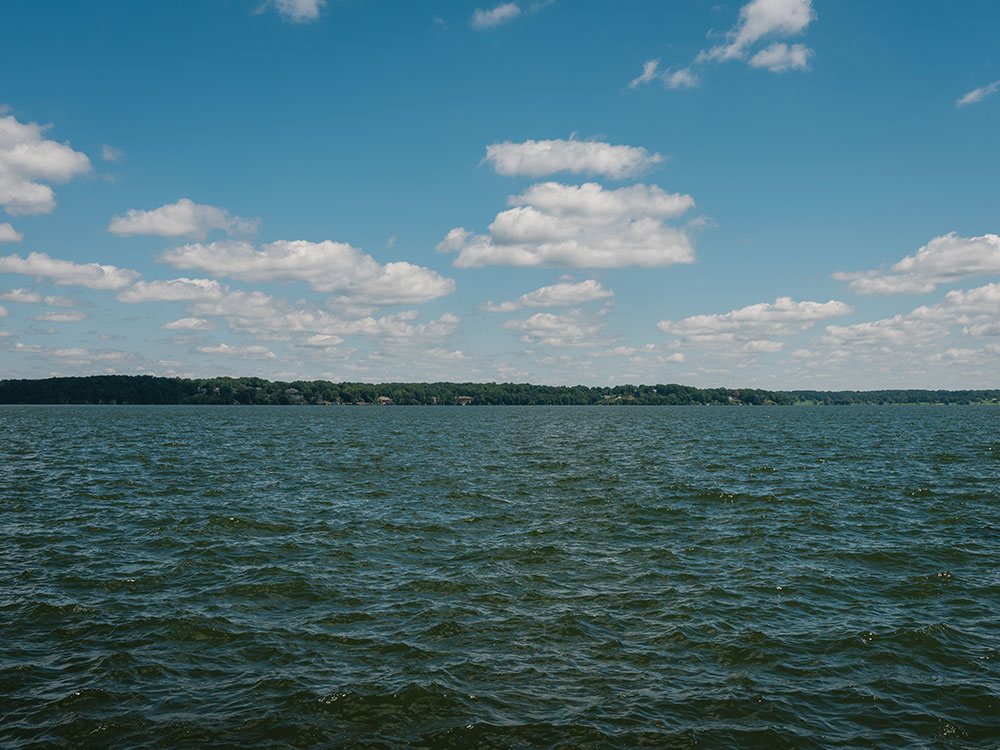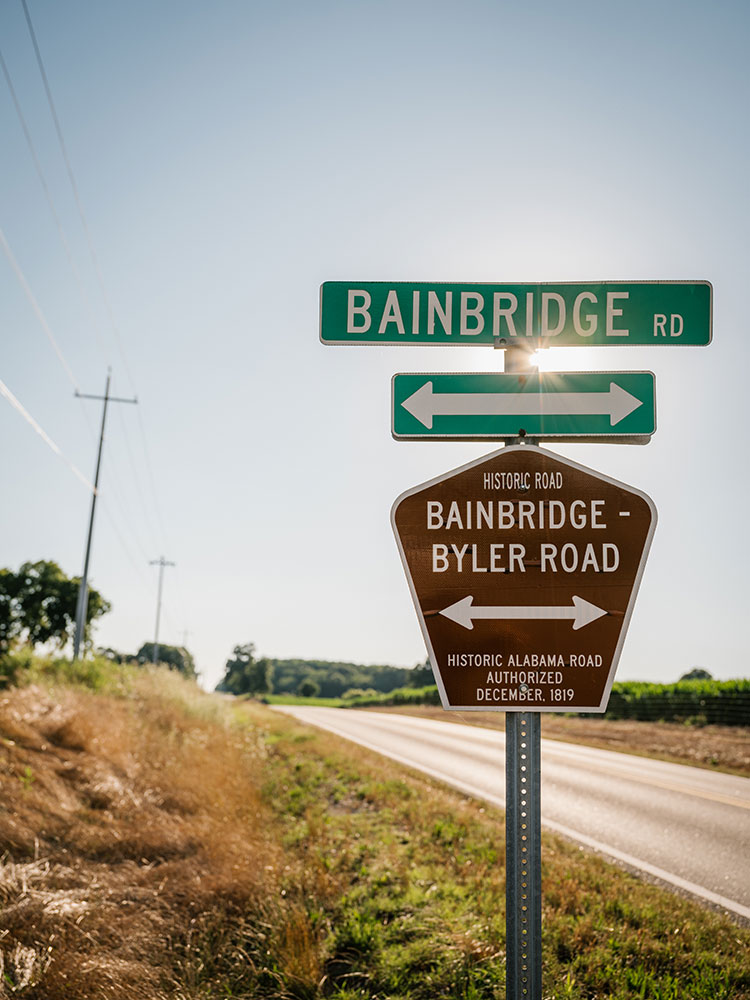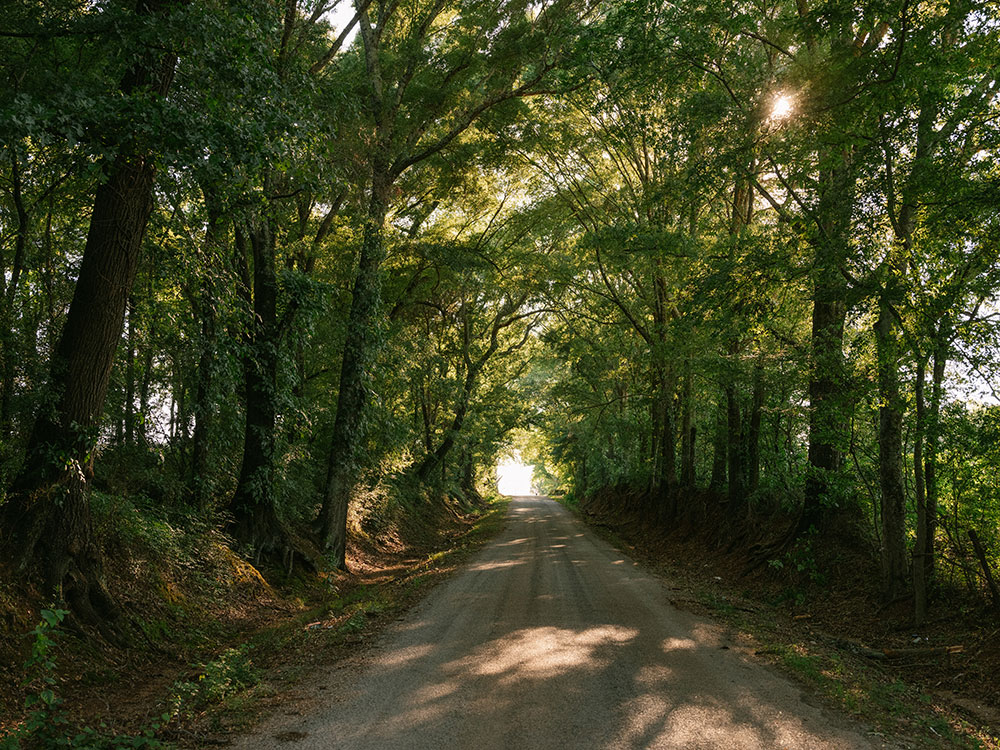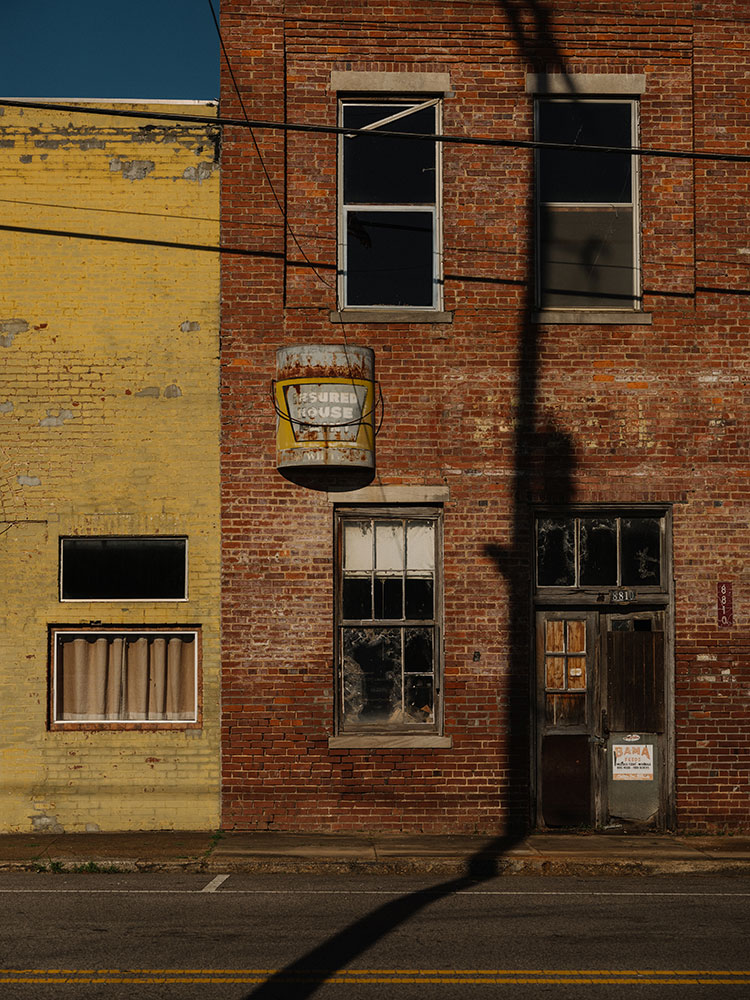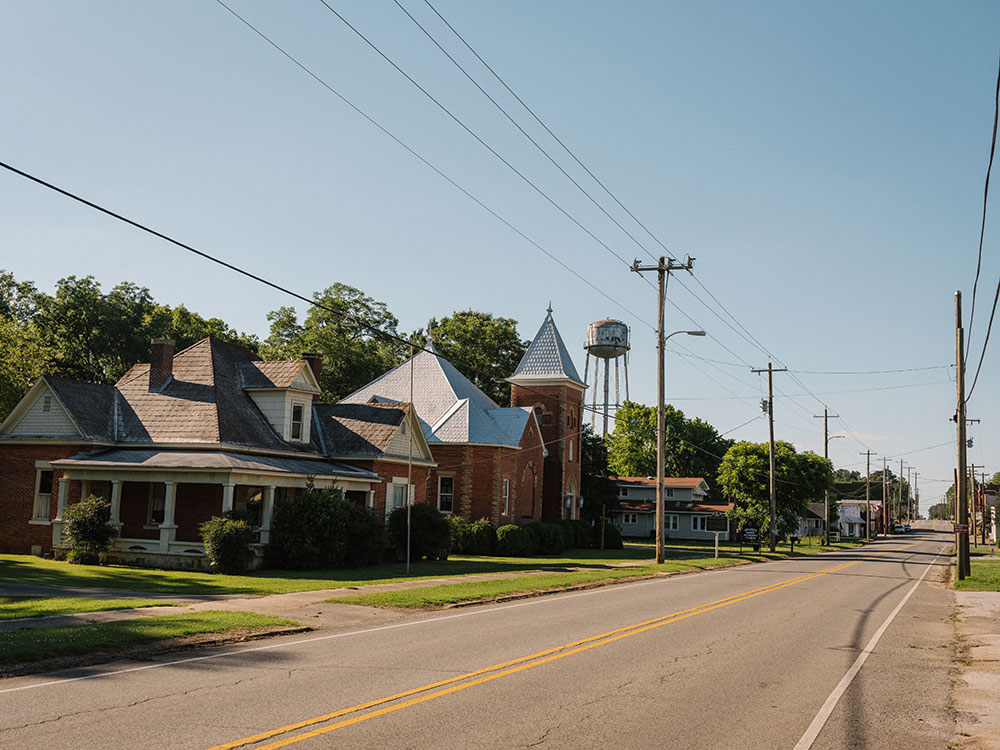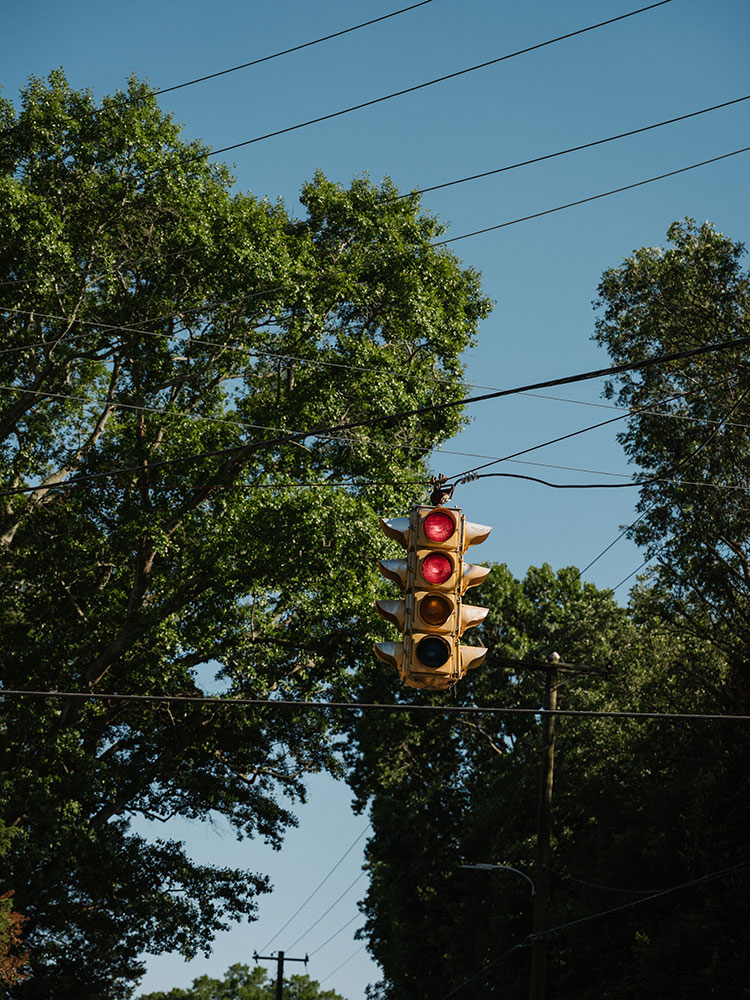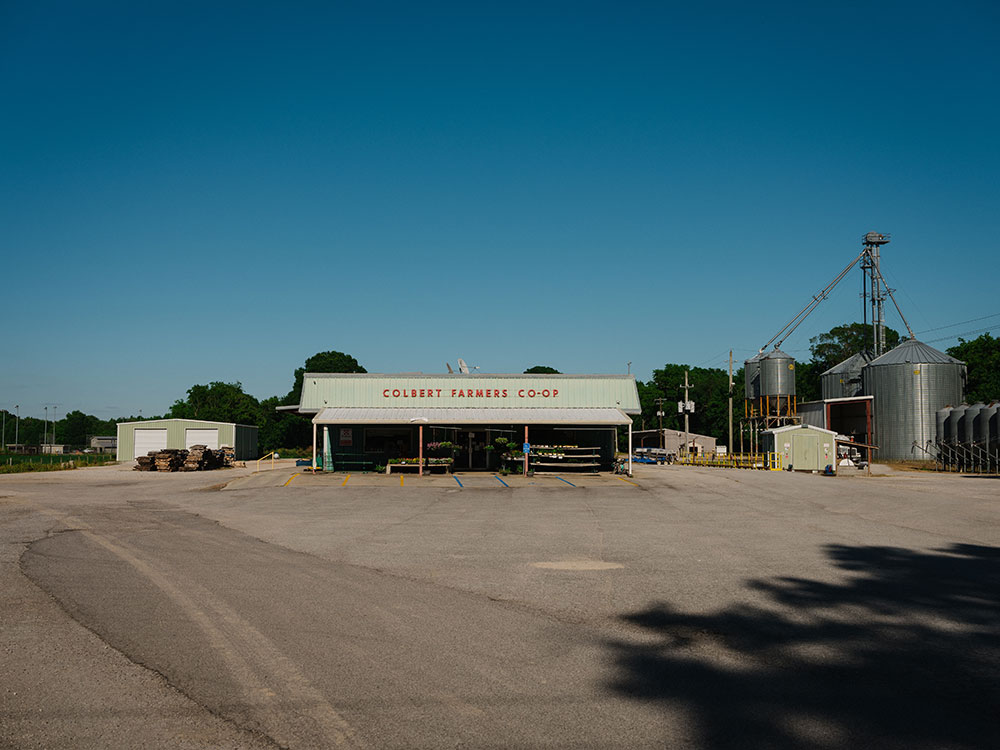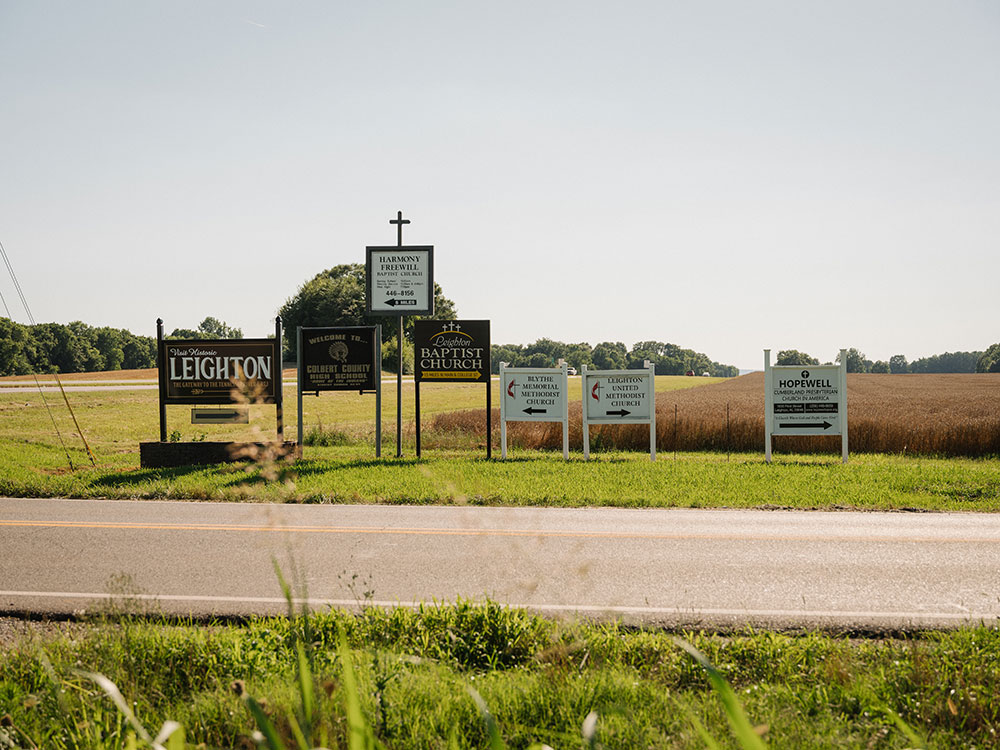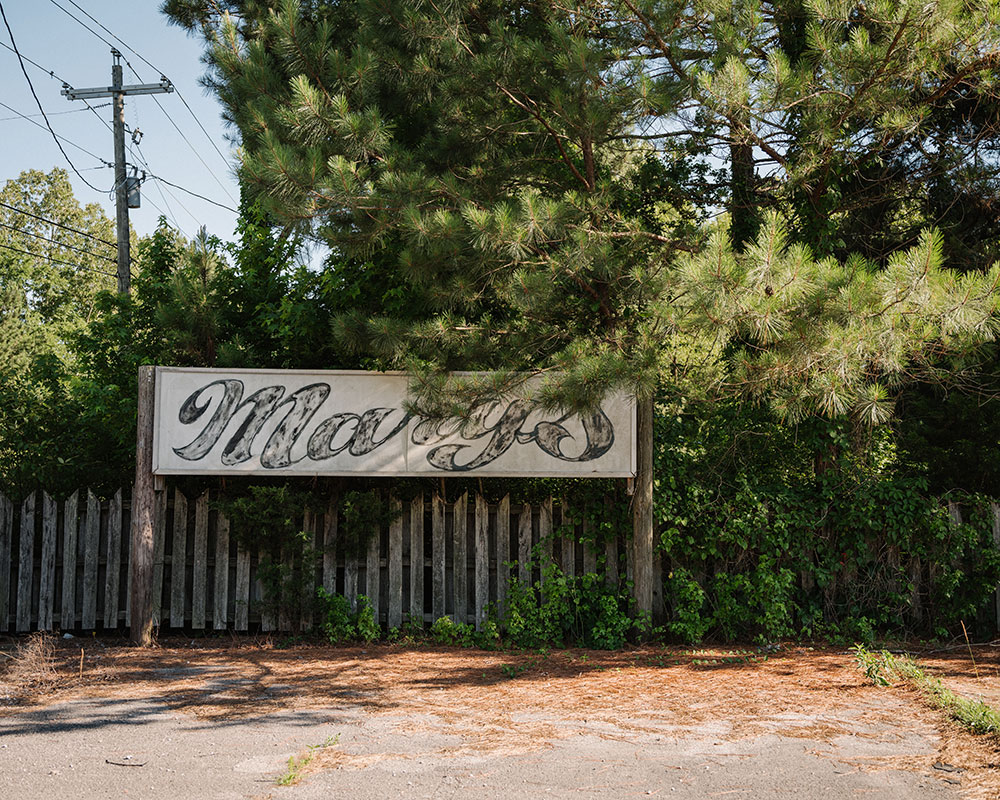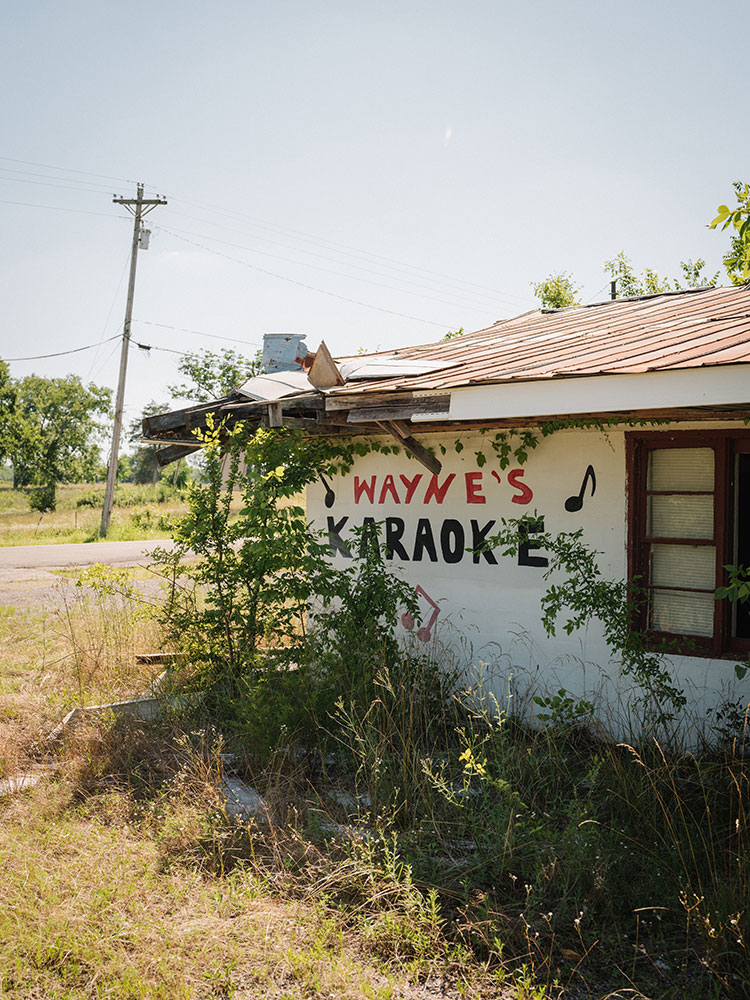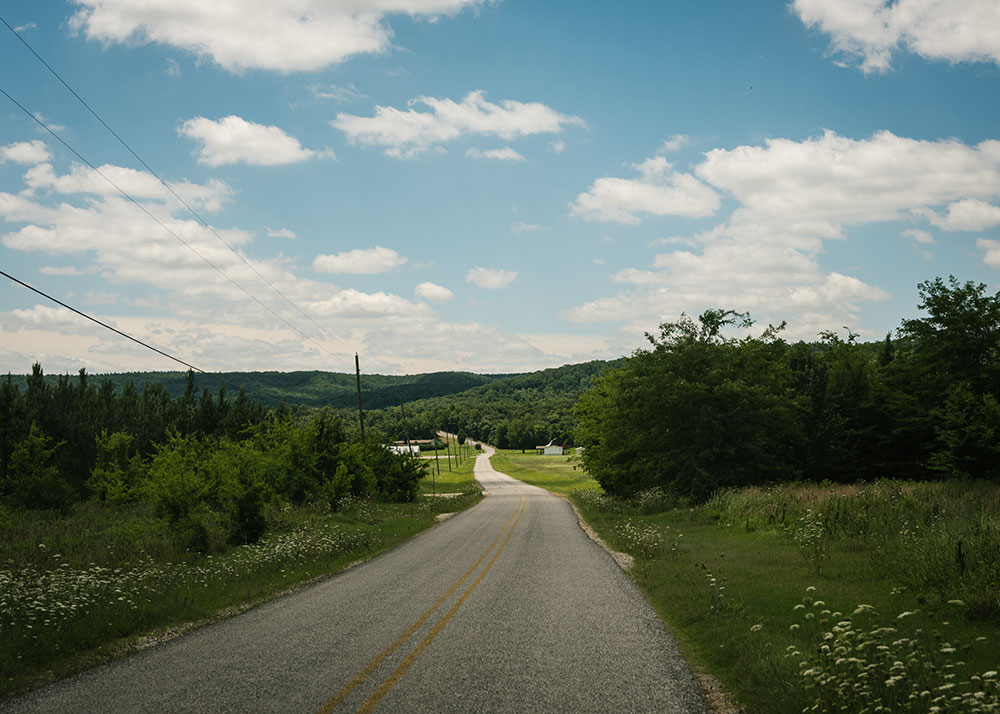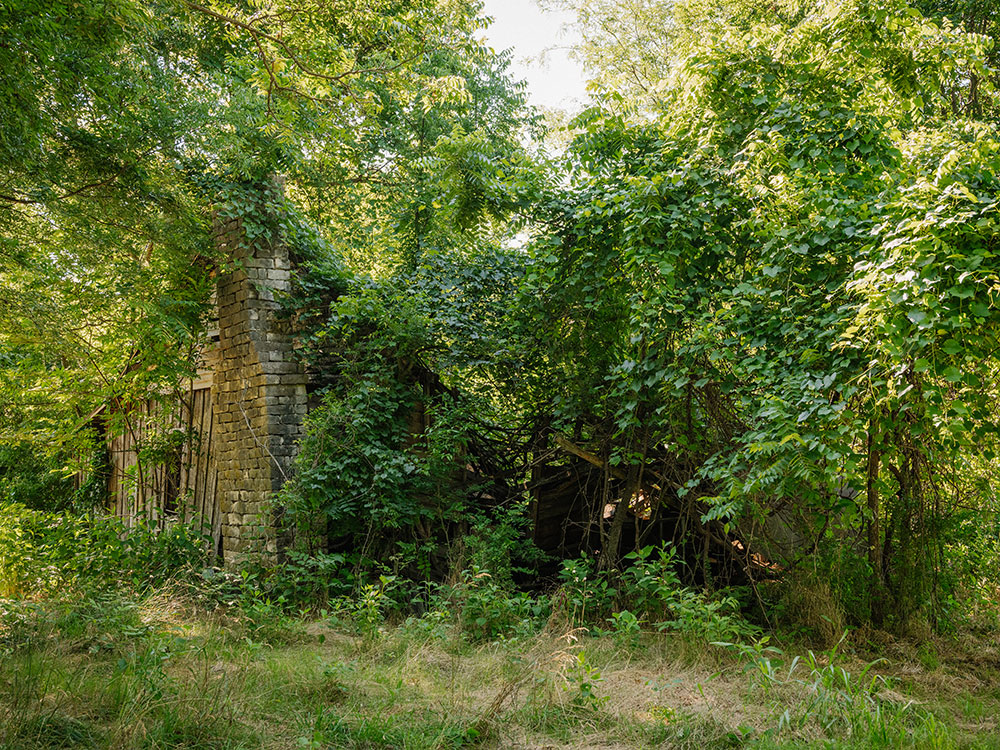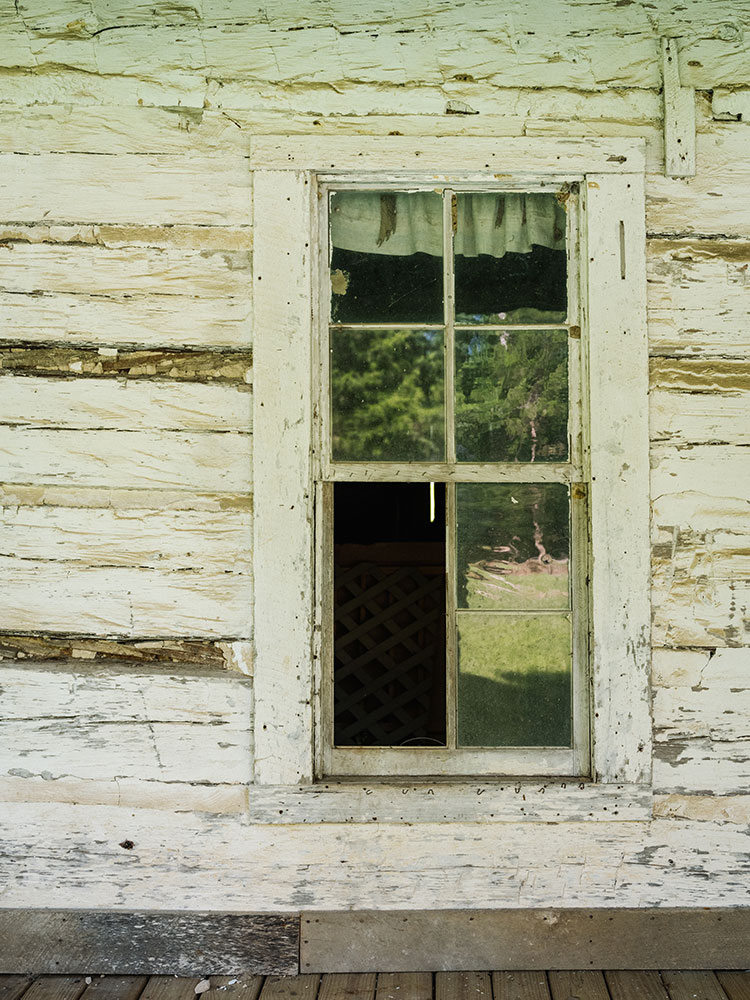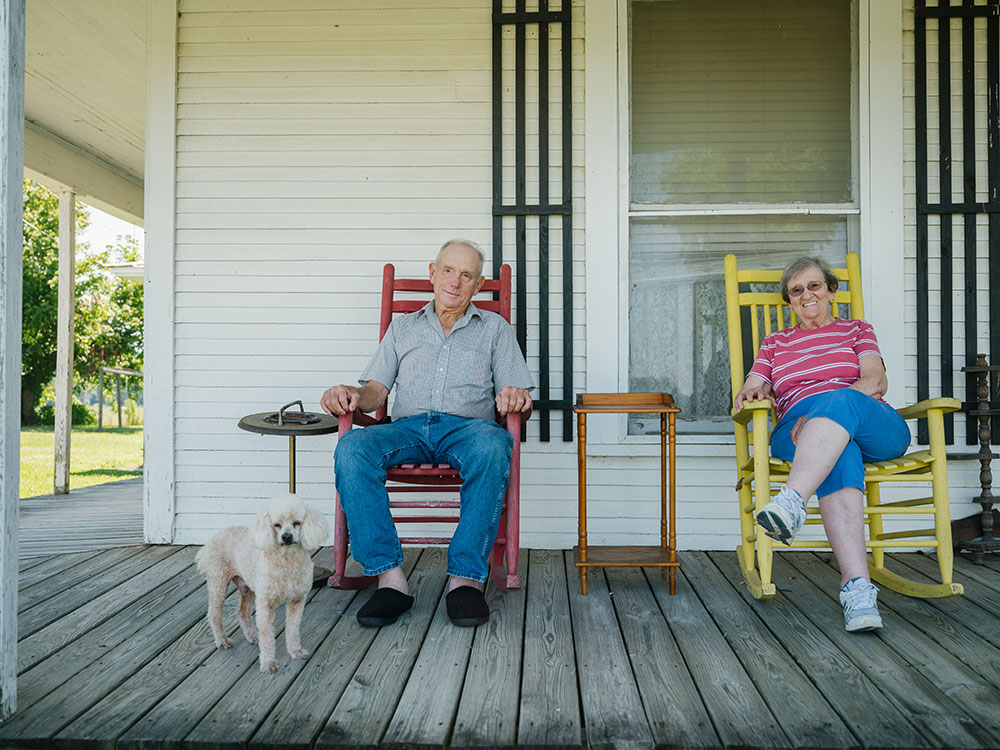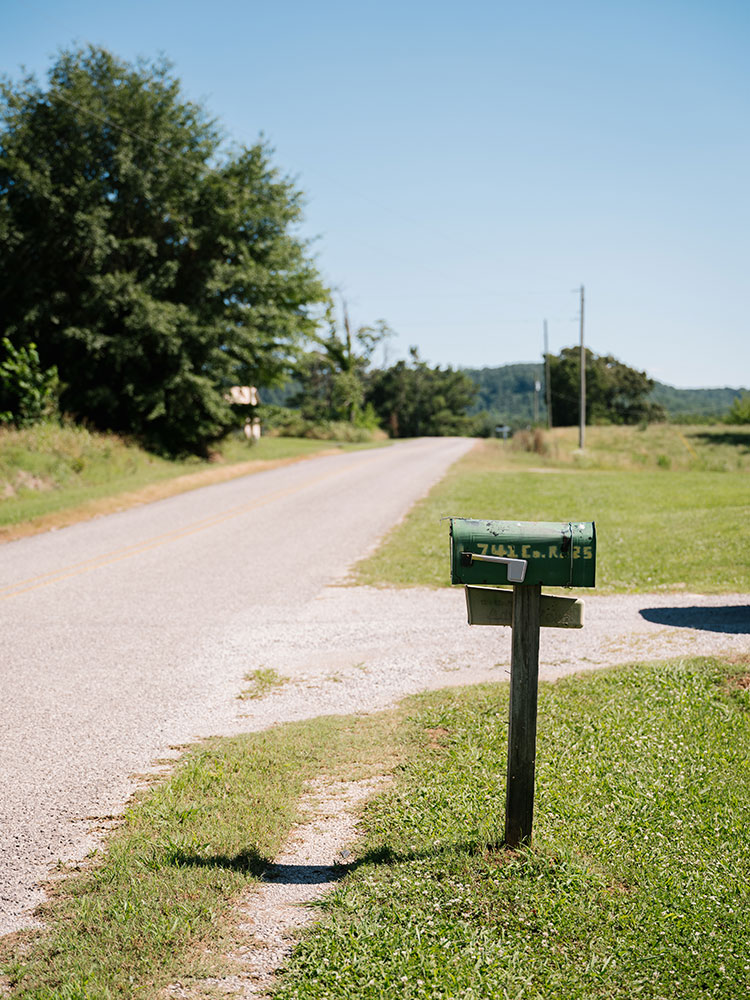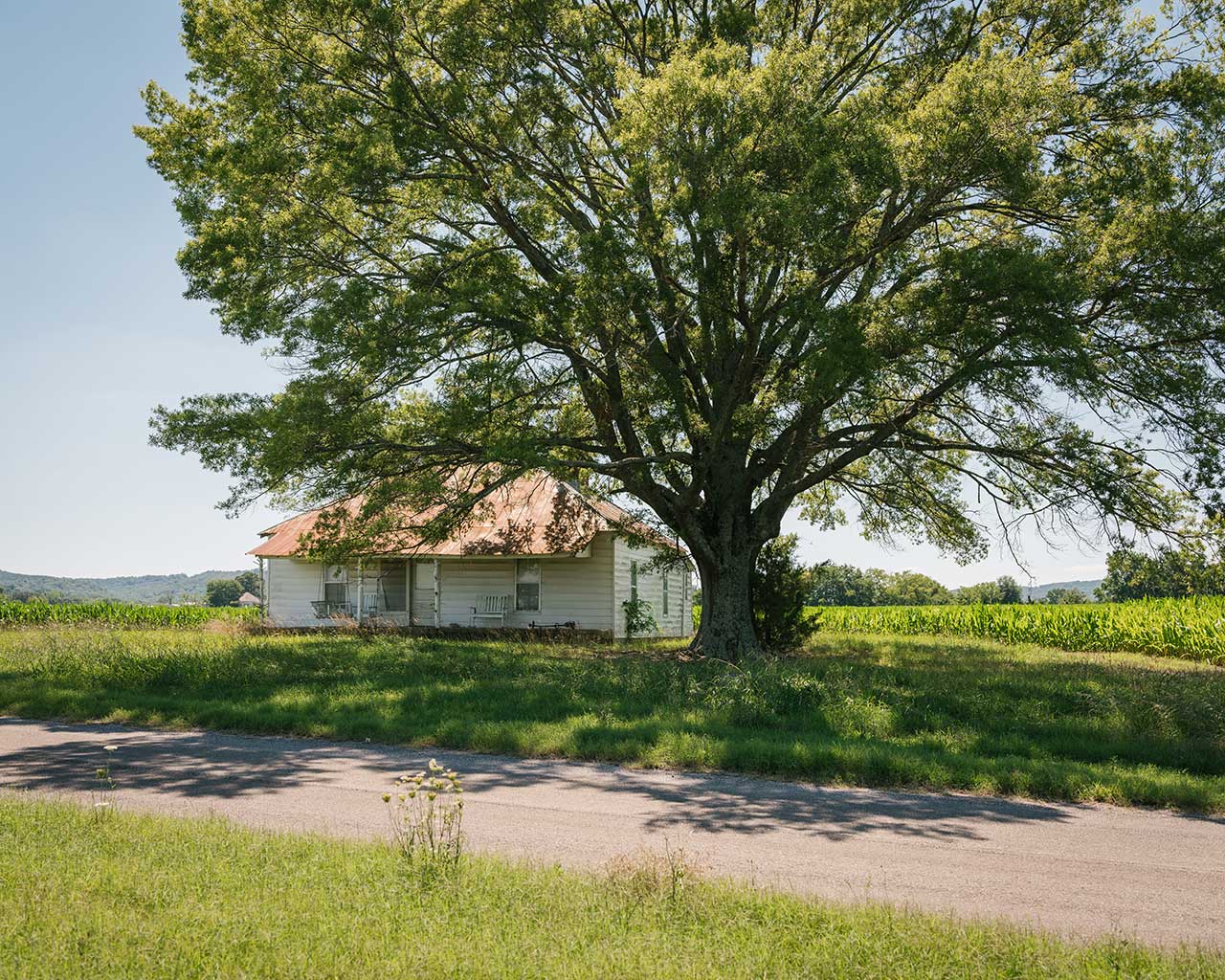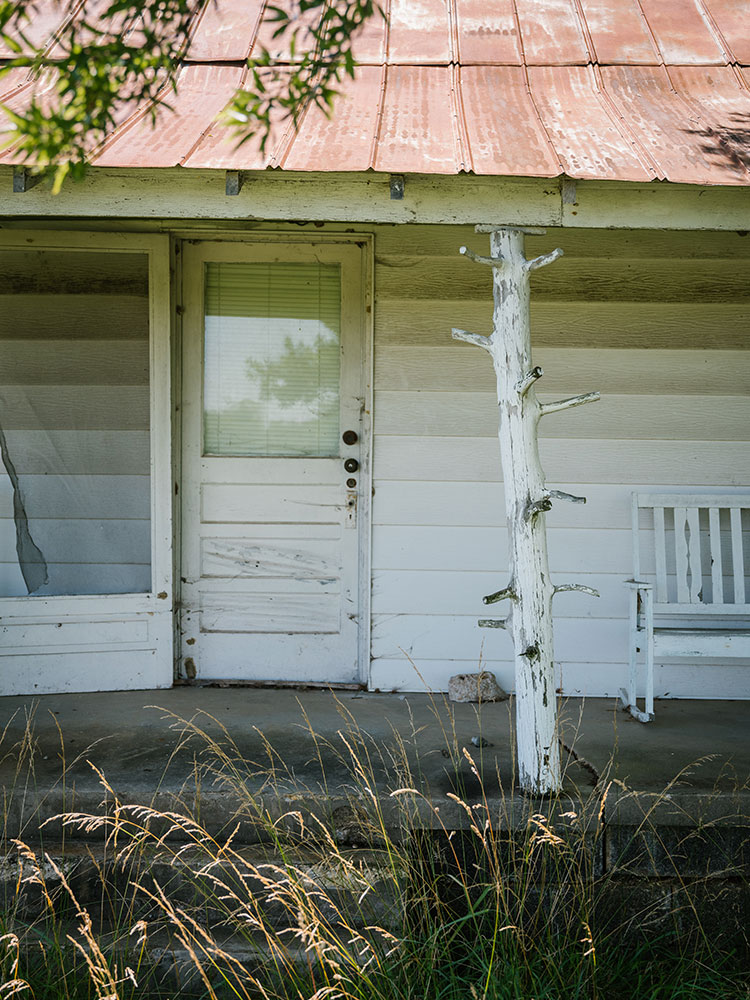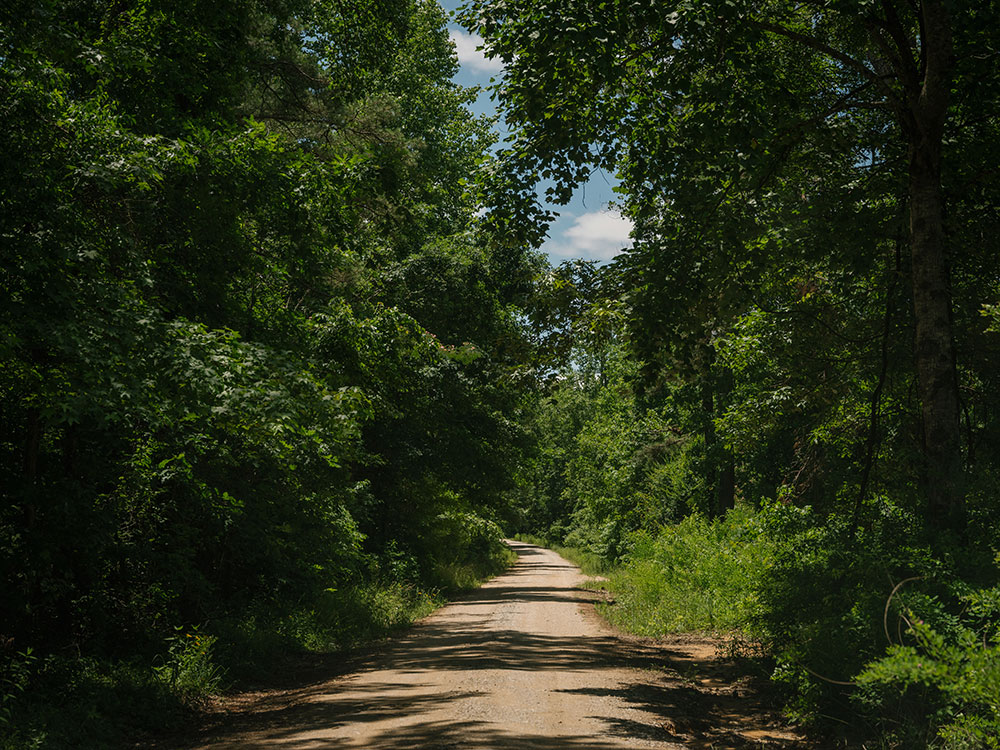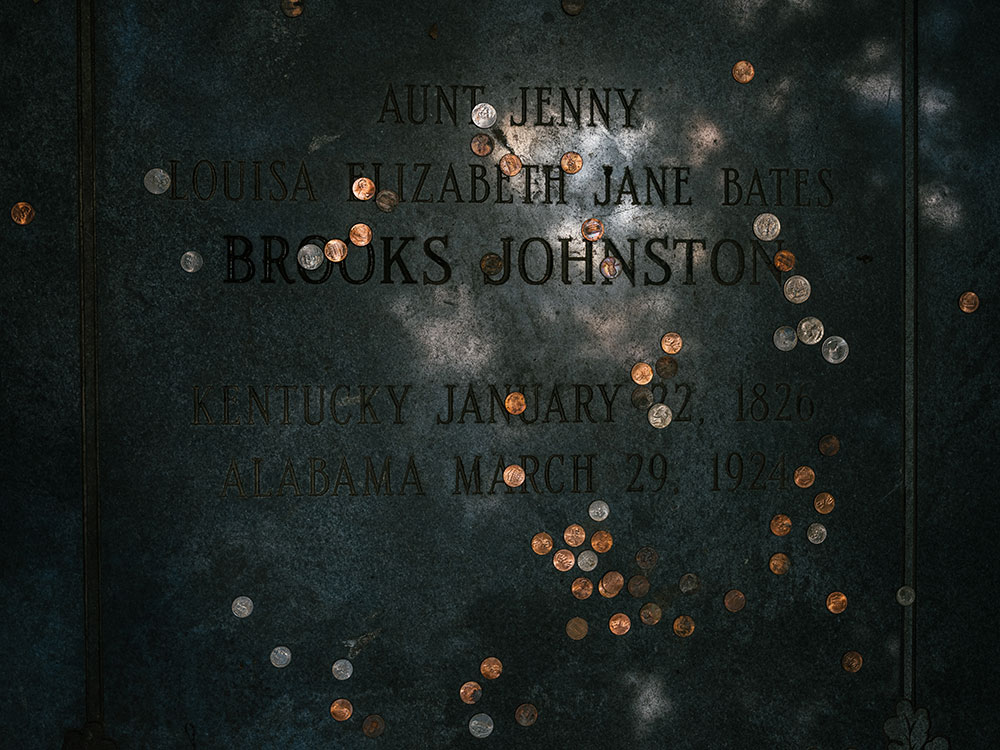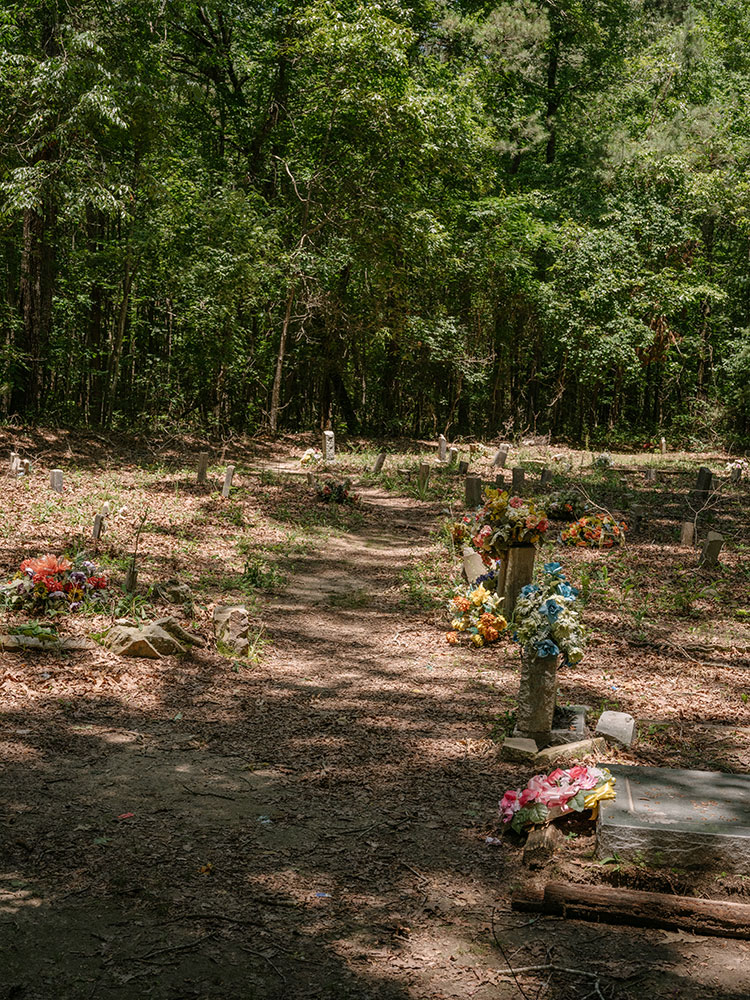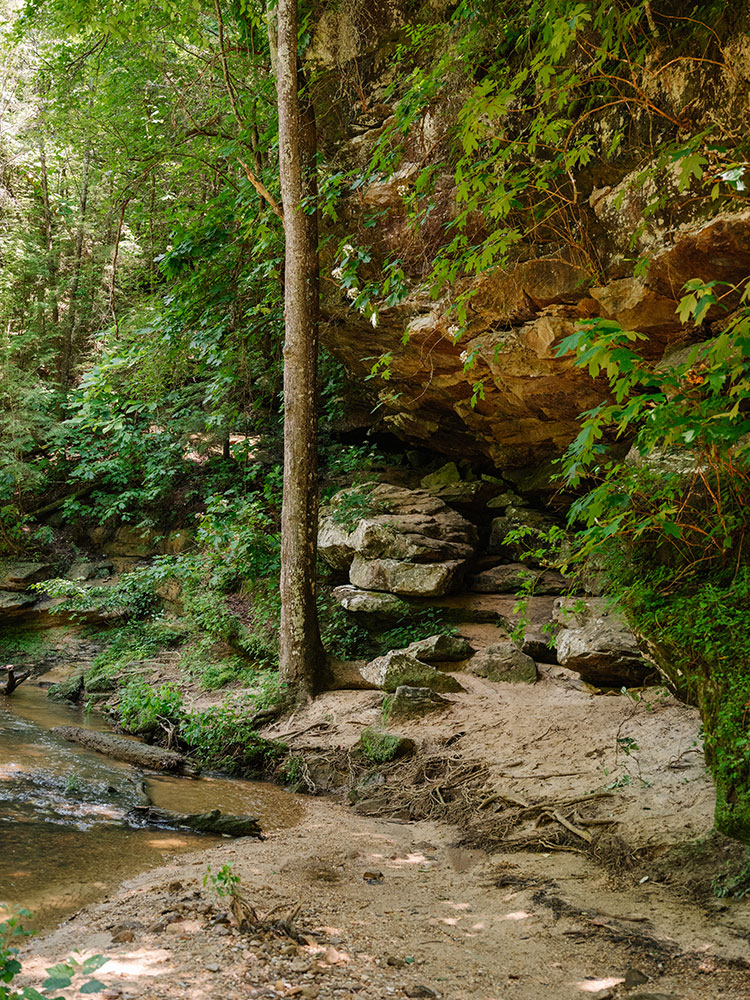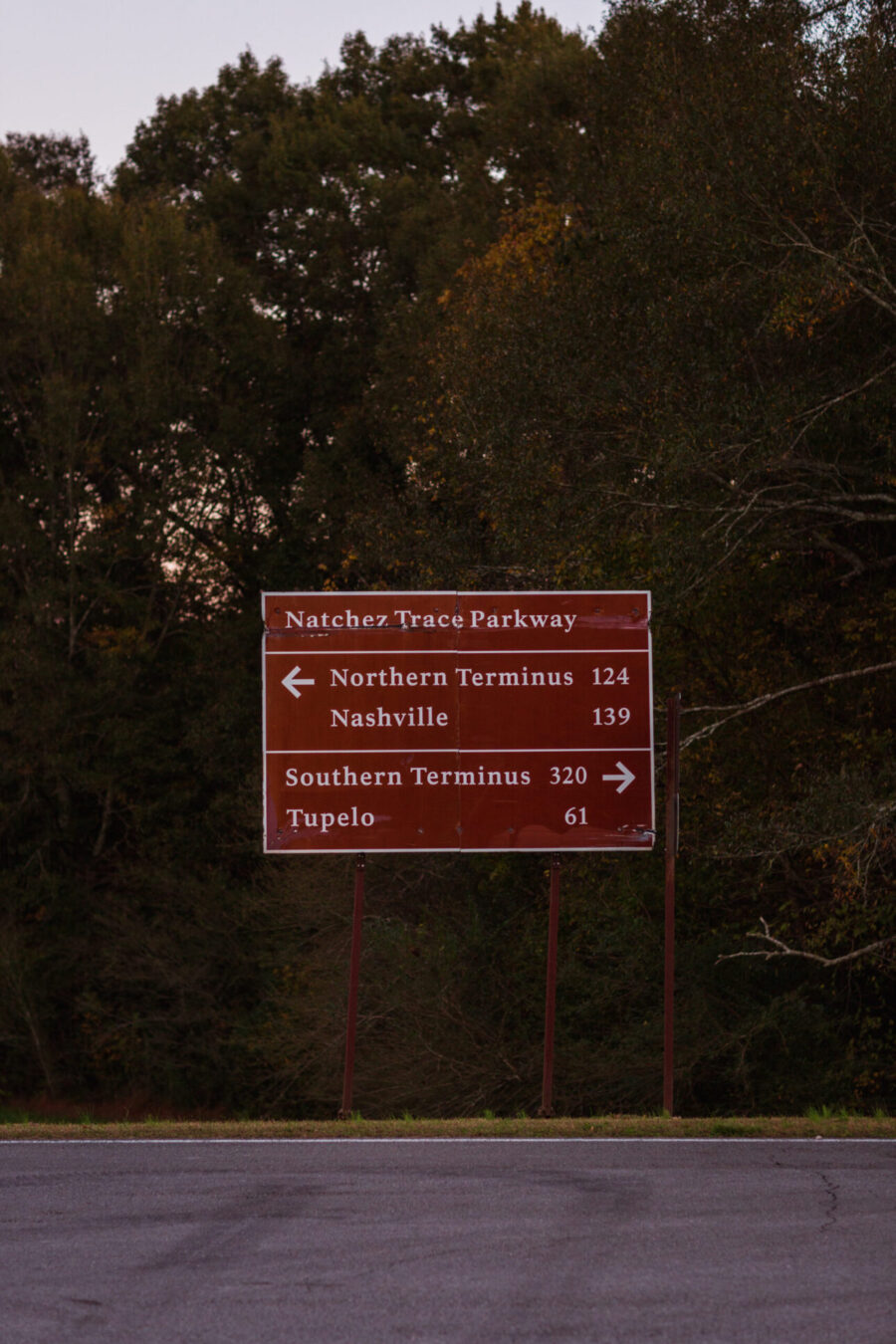Byler Road
In December 1819, Alabama’s first governor, William Wyatt Bibb, signed into law the following legislation to create the state’s first public road:
Section 1. Byler Road Law.
Be it enacted by the Senate and the House of Representatives of the State of Alabama, in General Assembly convened. That a public road be, and the same is hereby established, as follows, to-wit: Beginning on the great military road, leading from Columbia in Tennessee to Madisonville in Louisiana, at or near the place where Samuel Craig now lives, on the west side of Big-shoal creek in Lauderdale county, thence, the nearest and best way to the Tennessee river, at the ferry opposite the town of Bainbridge, Franklin county; thence southeast from the southern part of said town, the nearest and best way to the county line between the counties of Lawrence and Franklin; thence south along said county line, wherever the situation of the ground will admit, and at all times as near the said line as practicable, to the southern boundaries of the counties of Lawrence and Franklin, thence the most eligible route to the falls of Tuskaloosa river.
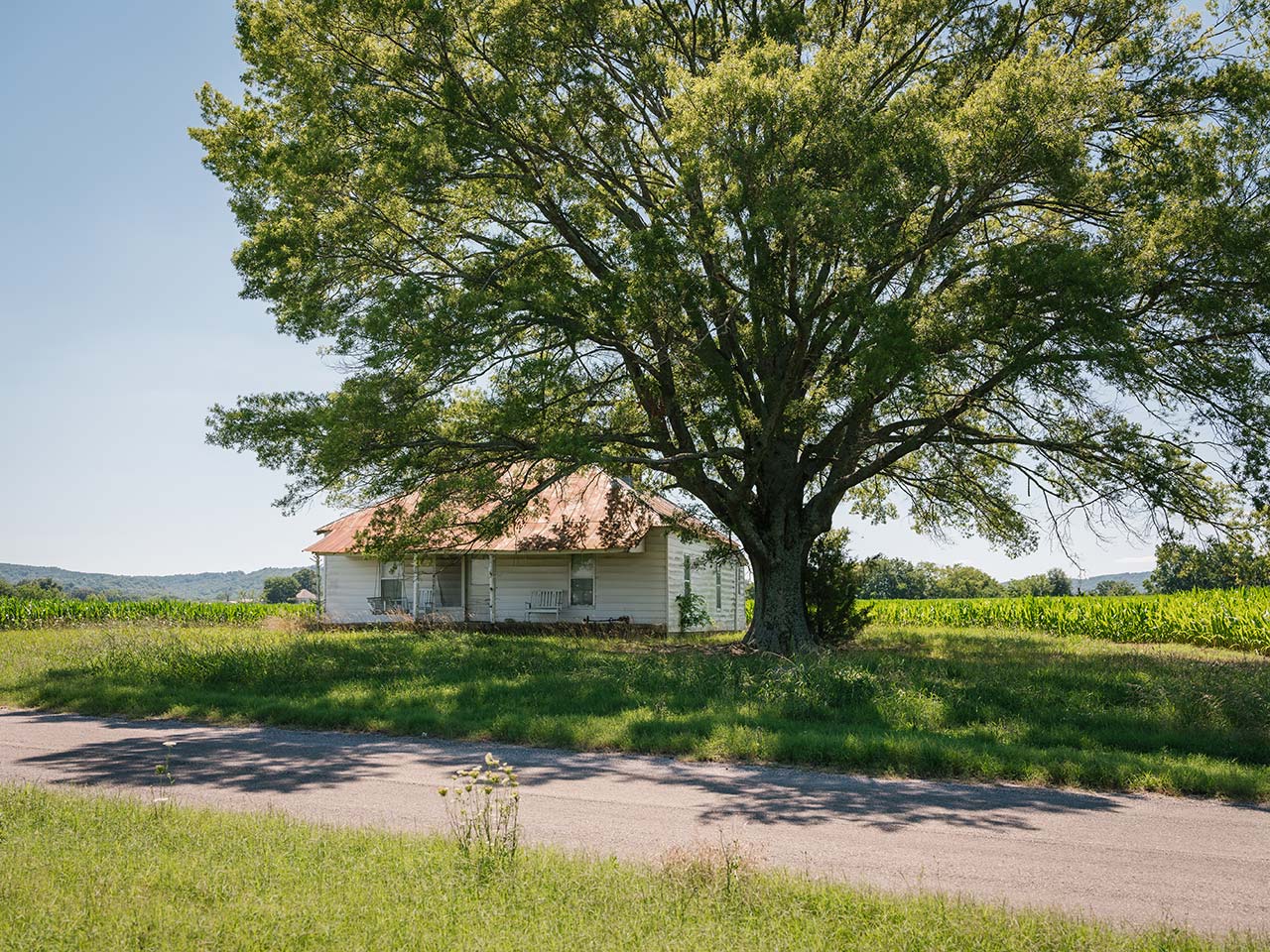
The Alabama General Assembly tasked John Byler with constructing and maintaining the road, and in exchange allowed Byler to keep all tolls generated by its use for the first 12 years of its existence. The road followed the route of many existing indigenous trails. It connected the new state’s capital, Tuscaloosa, to the Muscle Shoals area in the northern part of the state where the road terminated into the Jackson Military Road.
Both Union and Confederate armies used the Byler Road extensively during the Civil War as many towns of significance had developed along the thoroughfare. Many parts of the original road are still in use, albeit under different names, while other sections have been lost to modernization.
These images, both historic and contemporary, show the Byler Road at various points as it travels through the Muscle Shoals National Heritage Area footprint, passing from Lauderdale County southward across the Tennessee River into Colbert County and then winding through Franklin and Lawrence counties.
Explore Byler Road
Bainbridge
Bainbridge was established in the early part of the 19th century. The town was located on the northern Colbert and southern Lauderdale shores of the Tennessee River, with a ferry connection between the two. Bainbridge thrived and had early brick stores and homes. However, the town was in decline by 1840, but was still settled during the Civil War, which saw several battles in the area. Bainbridge is now completely submerged under Wilson Lake.
Leighton
Around 1813, people began settling in this area, which was simply called “Crossroads,” due to its location at the intersection of two heavily traveled roadways, the modern Old Highway 20, and County Line Road (formerly Byler Road). Eventually, the town became named after its first postmaster, Reverend William Leigh. However, it was not incorporated until much later, in 1890.
Leighton flourished in the 1830s being situated geographically among many prosperous Tennessee River Valley farms and along the Tuscumbia, Courtland, and Decatur Railroad. Nearby was the site of the LaGrange College, which operated until it was burned during the Civil War.
Several well-known and celebrated musicians were born in Leighton, including Percy Sledge and Jimmy Hughes.
Leighton
Around 1813, people began settling in this area, which was simply called “Crossroads,” due to its location at the intersection of two heavily traveled roadways, the modern Old Highway 20, and County Line Road (formerly Byler Road). Eventually, the town became named after its first postmaster, Reverend William Leigh. However, it was not incorporated until much later, in 1890.
Leighton flourished in the 1830s being situated geographically among many prosperous Tennessee River Valley farms and along the Tuscumbia, Courtland, and Decatur Railroad. Nearby was the site of the LaGrange College, which operated until it was burned during the Civil War.
Several well-known and celebrated musicians were born in Leighton, including Percy Sledge and Jimmy Hughes.
Leighton
Around 1813, people began settling in this area, which was simply called “Crossroads,” due to its location at the intersection of two heavily traveled roadways, the modern Old Highway 20, and County Line Road (formerly Byler Road). Eventually, the town became named after its first postmaster, Reverend William Leigh. However, it was not incorporated until much later, in 1890.
Leighton flourished in the 1830s being situated geographically among many prosperous Tennessee River Valley farms and along the Tuscumbia, Courtland, and Decatur Railroad. Nearby was the site of the LaGrange College, which operated until it was burned during the Civil War.
Several well-known and celebrated musicians were born in Leighton, including Percy Sledge and Jimmy Hughes.
Leighton
Around 1813, people began settling in this area, which was simply called “Crossroads,” due to its location at the intersection of two heavily traveled roadways, the modern Old Highway 20, and County Line Road (formerly Byler Road). Eventually, the town became named after its first postmaster, Reverend William Leigh. However, it was not incorporated until much later, in 1890.
Leighton flourished in the 1830s being situated geographically among many prosperous Tennessee River Valley farms and along the Tuscumbia, Courtland, and Decatur Railroad. Nearby was the site of the LaGrange College, which operated until it was burned during the Civil War.
Several well-known and celebrated musicians were born in Leighton, including Percy Sledge and Jimmy Hughes.
John Byler
Born in 1781 in North Carolina and a veteran of the War of 1812, Captain John Byler relocated his family to Lauderdale County in 1816. His elder brother Jacob was heavily involved in early Alabama politics and was elected to the state’s first legislature in 1819. One of the initial legislation acts was to create a public roadway; John petitioned for and was awarded the contract to both construct and maintain the road.
The road was completed in 1823 and was so heavily traveled that it became known as “Main Street of North Alabama.” There were many toll stops and taverns along the route, and it became commonly used by both families and armies.
John sold his interest in the road to his brother shortly before he died of a fever in 1824. He is buried at Rock Springs Cemetery in Lawrence County, near Mount Hope, alongside the Byler Road.
Bankhead Forest
In 1918, Alabama set aside 198,385 acres of land in Franklin, Lawrence, and Winston counties to establish the Alabama National Forest. In 1942, this land was renamed the Bankhead National Forest after United State congressman and notable Winston County resident William B. Bankhead.
The forest boasts multiple recreation areas and is home to extensive native plant and animal species. Many stone mounds in the area have been discovered and archaeologists believe them to be burial sites of the ancient Woodland Period as there was a heavy Native American presence in this region.
Jane Bates Brooks Johnston, “Aunt Jenny”
Jane was born into a prominent family in 1826. As a young woman, she married Willis Brooks in Jasper and the couple eventually purchased approximately 40 acres near the intersection of Byler and Kinlock roads in the area that is now known as the Bankhead National Forest. They later added about 200 additional acres of land to their property.
Jane went on to have nine children; along with her husband, they were all eventually killed. It’s unclear whether the family was a notorious outlaw gang, or just an isolated mountain family operating a rural tavern. Regardless, several of the deaths of her children seem to have resulted in skirmishes along the Byler Road during the Civil War with passing troops.
After nearly a century, she died in 1924. Jane, more often referred to as “Aunt Jenny,” developed an infamous reputation in the following years. The unfortunate deaths of so many of her family members spawned rumors of vigilante justice, going so far as to claim that Jane regularly drank from the skull of a man who murdered her son.
